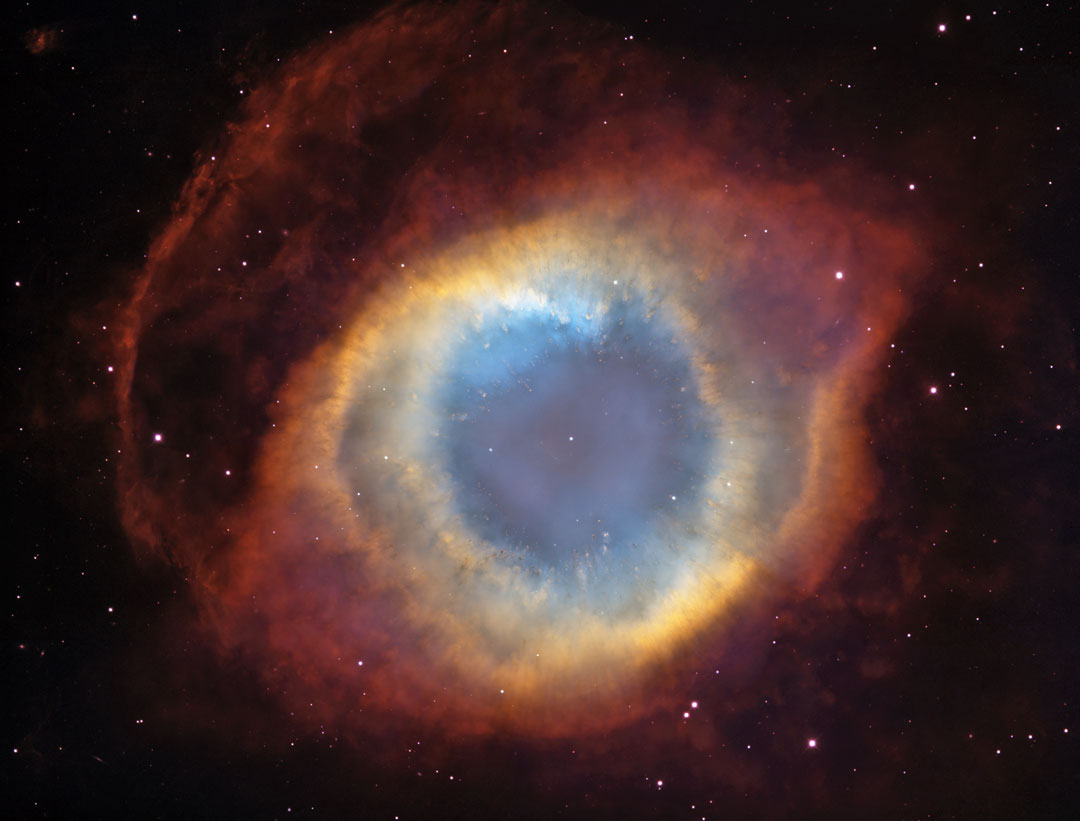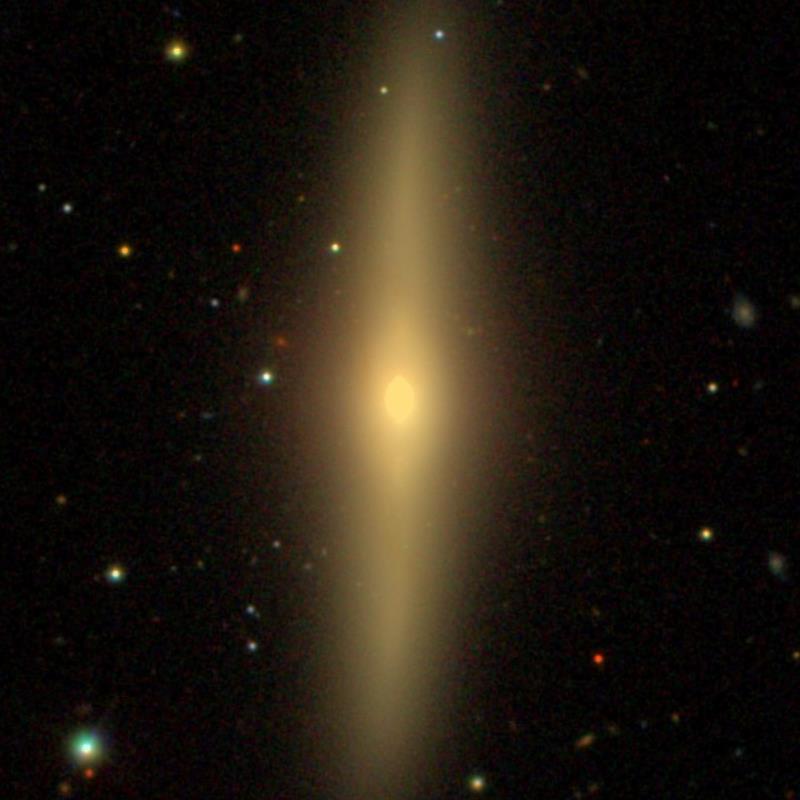Blog
Messier 82 (also known as NGC 3034, Cigar Galaxy or M82) is a starburst galaxy approximately 12 million light-years away in the constellationUrsa Major. A member of the M81 Group, it is about five times more luminous than the whole Milky Way and has a center one hundred times more luminous than our galaxy’s center. The starburst activity is thought to have been triggered by interaction with neighboring galaxy M81. As the closest starburst galaxy to Earth, M82 is the prototypical example of this galaxy type. SN 2014J, a type Ia supernova, was discovered in the galaxy on 21 January 2014. In 2014, in studying M82, scientists discovered the brightest pulsar yet known, designated M82 X-2.

Oteil Burbridge August 24, 1964 (age 56 years), Washington, D.C. is an American multi-instrumentalist, specializing on the bass guitar, trained in playing jazz and classical music from an early age. He has achieved fame primarily on bass guitar during the resurgence of the Allman Brothers Band from 1997 through 2014, and as a founding member of the band Dead & Company. Burbridge was also a founding member of The Aquarium Rescue Unit, and has worked with other musicians including Bruce Hampton, Trey Anastasio, Page McConnell, Bill Kreutzmann and The Derek Trucks Band, with whom his brother Kofi Burbridge was the keyboardist and flautist.
Burbridge has been recognized for his ability to incorporate scat-singing into his improvised bass solos. Burbridge endorses Fodera, Modulus, Sukop and Dunlop guitars and effects.
more...David Freiberg (pronounced FRY-BERG) (born August 24, 1938 Boston) is an American musician best known for contributing vocals, keyboards, electric bass, rhythm guitar, viola and percussion as a member of Quicksilver Messenger Service, Jefferson Airplane and Jefferson Starship. Among other tracks, he co-wrote “Jane,” a hit for Jefferson Starship.
John Cipollina (August 24, 1943 – May 29, 1989 Berkeley, CA) was a guitarist best known for his role as a founder and the lead guitarist of the prominent San Francisco rock band Quicksilver Messenger Service. After leaving Quicksilver he formed the band Copperhead, was a member of the San Francisco All Stars and later played with numerous other bands.
more...Henry Franklin “Buster“ Smith (August 24, 1904 – August 10, 1991), also known as Professor Smith, was an American jazz alto saxophonist and mentor to Charlie Parker. Smith was instrumental in instituting the Texas Sax Sound with Count Basie and Lester Young in the 1930s.
Smith played saxophone for a number of prominent band leaders including Duke Ellington and Earl Hines as well as vocalist Ella Fitzgerald. He recorded his only album as leader in 1959 and despite intending to record a follow-up, he was injured in an accident and nothing else was released.
Smith was born and raised in Alsdorf, Texas, a small township near Telico in the outskirts of Dallas, where he attended school as a child. Smith earned the name “Buster” from his parents as a baby, as he was born as an overweight child. Buster was the third of five boys and had no sisters, though both of his older brothers died in childhood of measles.
Smith’s early musical influences were his mother, and his father, who played guitar. At the age of four years, Buster was playing the organ with his brother, pianist Boston Smith; Buster played the keys and Boston stepped on the pedals. Soon thereafter, his grandfather gave away the family organ because he believed it would only direct Buster to a life of sin.
more...Arthur William “Big Boy” Crudup (August 24, 1905 – March 28, 1974) was an American Delta blues singer, songwriter and guitarist. He is best known, outside blues circles, for his songs “That’s All Right” (1946), “My Baby Left Me” and “So Glad You’re Mine”, later recorded by Elvis Presleyand other artists.
Crudup was born in Forest, Mississippi, to a family of migrant workers traveling through the South and Midwest. The family returned to Mississippi in 1926, where he sang gospel music. He had lessons with a local bluesman, whose name was Papa Harvey, and later he was able to play in dance halls and cafes around Forest. Around 1940 he went to Chicago.
more...The shapes of planetary nebula like the Helix are important because they likely hold clues to how stars like the Sun end their lives. Observations by the orbiting Hubble Space Telescope and the 4-meter Blanco Telescope in Chile, however, have shown the Helix is not really a simple helix. Rather, it incorporates two nearly perpendicular disks as well as arcs, shocks, and even features not well understood. Even so, many strikingly geometric symmetries remain. How a single Sun-like star created such beautiful yet geometric complexity is a topic of research. The Helix Nebula is the nearest planetary nebulato Earth, lies only about 700 light years away toward the constellation of Aquarius, and spans about 3 light-years.

Keith John Moon (23 August 1946 – 7 September 1978) was an English drummer for the rock band the Who. He was noted for his unique style and his eccentric, often self-destructive behaviour.
Moon grew up in Alperton, a suburb of Wembley, in Middlesex, and took up the drums during the early 1960s. After playing with a local band, the Beachcombers, he joined the Who in 1964 before they recorded their first single. He remained with the band during their rise to fame, and was quickly recognised for his drumming style, which emphasised tom-toms, cymbal crashes, and drum fills. Throughout Moon’s tenure with the Who his drum kit steadily grew in size, and (along with Ginger Baker) he has been credited as one of the earliest rock drummers to regularly employ double bass drumsin his setup. Moon occasionally collaborated with other musicians and later appeared in films, but considered playing in the Who his primary occupation, and remained a member of the band until his death. In addition to his talent as a drummer, however, Moon developed a reputation for smashing his kit on stage and destroying hotel rooms on tour. He was fascinated by blowing up toilets with cherry bombs or dynamite, and by destroying television sets. Moon enjoyed touring and socialising, and became bored and restless when the Who were inactive. His 21st birthday party in Flint, Michigan, has been cited as a notorious example of decadent behaviour by rock groups.
Moon suffered a number of setbacks during the 1970s, most notably the accidental death of chauffeur Neil Boland and the breakdown of his marriage. He became addicted to alcohol, particularly brandy and champagne, and acquired a reputation for decadence and dark humour; his nickname was “Moon the Loon”. After moving to Los Angeles with personal assistant Peter “Dougal” Butler during the mid-1970s, Moon recorded his only solo album, the poorly received Two Sides of the Moon. While touring with the Who, on several occasions he passed out on stage and was hospitalised. By the time of their final tour with him in 1976, and particularly during production of The Kids Are Alright and Who Are You, the drummer’s deterioration was evident. Moon moved back to London in 1978, dying in September of that year from an overdose of Heminevrin, a drug intended to treat or prevent symptoms of alcohol withdrawal.
Moon’s drumming continues to be praised by critics and musicians. He was posthumously inducted into the Modern Drummer Hall of Fame in 1982, becoming the second rock drummer to be chosen, and in 2011, Moon was voted the second-greatest drummer in history by a Rolling Stone readers’ poll.
more...Terje Rypdal (born 23 August 1947) is a Norwegian guitarist and composer. He has been an important member in the Norwegian jazz community, and has also given show concerts with guitarists Ronni Le Tekrø and Mads Eriksen as “N3”.
Rypdal was born in Oslo, Norway, the son of a composer and orchestra leader. He studied classical piano and trumpet as a child, and then taught himself to play guitar as he entered his teens. Starting out as a Hank Marvin-influenced rock guitarist with The Vanguards, Rypdal turned towards jazz in 1968 and joined Jan Garbarek‘s group and later George Russell‘s sextet and orchestra. An important step towards international attention was his participation in the free jazz festival in Baden-Baden, Germany, in 1969, where he was part of a band led by Lester Bowie. During his musical studies at Oslo university and conservatory, he led the orchestra of the Norwegian version of the musical Hair. He has often been recorded on the ECM record label, both jazz-oriented material and classical compositions (some of which do not feature Rypdal’s guitar).
His compositions “Last Nite” and “Mystery Man” were featured in the Michael Mann film Heat, and included on the soundtrack of the same name.
more...Alvin Gilbert “Gil” Coggins (August 23, 1928 – February 15, 2004) was an American jazz pianist.
Coggins was born to parents of West Indian heritage. His mother was a pianist and had her son start on piano from an early age. He attended school in New York City and Barbados. In Harlem, New York City, he attended The High School of Music & Art.
In 1946, Coggins met Miles Davis while stationed at Jefferson Barracks in Missouri. After his discharge he began playing piano professionally, working with Davis on several of his Blue Note and Prestige releases. Coggins also recorded with John Coltrane, Sonny Rollins, Lester Young, Art Blakey‘s Jazz Messengers, Ray Draper, and Jackie McLean.
Coggins gave up playing jazz professionally in 1954 and took up a career in real estate, playing music only occasionally. He did not record as a leader until 1990, when Interplay Records released Gil’s Mood. He continued performing through the 1990s and 2000s until 2004, when he died from complications sustained in a car crash eight months earlier in Forest Hills, New York. Better Late Than Never, his second album recorded as a leader, was released posthumously.
more...NGC 4026 is a lenticular galaxy in the constellation Ursa Major. It is located at a distance of circa 50 million light years from Earth, which, given its apparent dimensions, means that NGC 4026 is about 80,000 light years across. It was discovered by William Herschel on April 12, 1789. The galaxy hosts a supermassive black hole with estimated mass 108.33±0.109 (166-275 million) M☉. NGC 4026 belongs to M109 Group, the largest subgroup of galaxies with the Ursa Major Cluster. In the vicinity of NGC 4026 lie some low surface brightness spiral galaxies, UGC 6917 (42 arcminutes from NGC 4026), UGC 6922 (26 arcminutes from NGC 4026) and UGC 6956 (10 arcminutes from NGC 4026).
NGC 4026 appears disturbed in HI imaging, with a filament extending southward. The mass of HI in NGC 4026 is below 0.71 × 108 M⊙. The total HI mass in NGC 4026, UGC 6956 and the HI filament is estimated to be 7.94 × 108 M⊙

Sonny Thompson (probably August 23, 1916 – August 11, 1989), born Alfonso Thompson or Hezzie Tompson, was an American R&B bandleader and pianist, popular in the 1940s and 1950s.
There is some uncertainty over Thompson’s origins, as well as his birth name. Researchers Bob Eagle and Eric LeBlanc indicate that he was born in 1916 in Wilkinson County, Mississippi, but other sources state that he was born in 1923, either in Mississippi or in Chicago.
He began recording in 1946, and in 1948 achieved two #1 R&B chart hits on the Miracle label – “Long Gone (Parts I and II)” and “Late Freight“, both featuring saxophonist Eddie Chamblee. The follow-ups “Blue Dreams” and “Still Gone” also reached the R&B chart. By 1952 he had moved on to King Records, where he worked in A&R and as a session musician and arranger. At King, he had further R&B Top 10 successes with the singer Lula Reed, the biggest hit being “I’ll Drown in My Tears“. Thompson married Reed sometime in the early 1950s. He continued to work as a session musician, and to perform with Reed into the early 1960s. He also had success as a songwriter, often co-writing with blues guitarist, Freddie King. Thompson died in 1989 in Chicago.
more...More Posts
- Clark Terry Day
- World Music with Oumar Konate
- Daily Roots with Freddie McKay
- Friday the 13th & Knights Templar
- The Cosmos with NGC 772
- Majida El Roumi Day
- Ben Tucker Day
- Sonny Greer Day
- Flamenco Fridays with Carlos Montoya
- Daily Roots with Marcus Reid
- The Cosmos with M78-Barnards Loop-LDN 1622
- Tony Williams Day
- Grover Washington Jr Day
- Manu Dibango Day
- Toshiko Akiyoshi Day
- World Music with Seun Anikulapo Kuti
- Daily Roots with the Jewels
- The Cosmos with N63A
- McCoy Tyner Day
- Big Mama Thornton Day